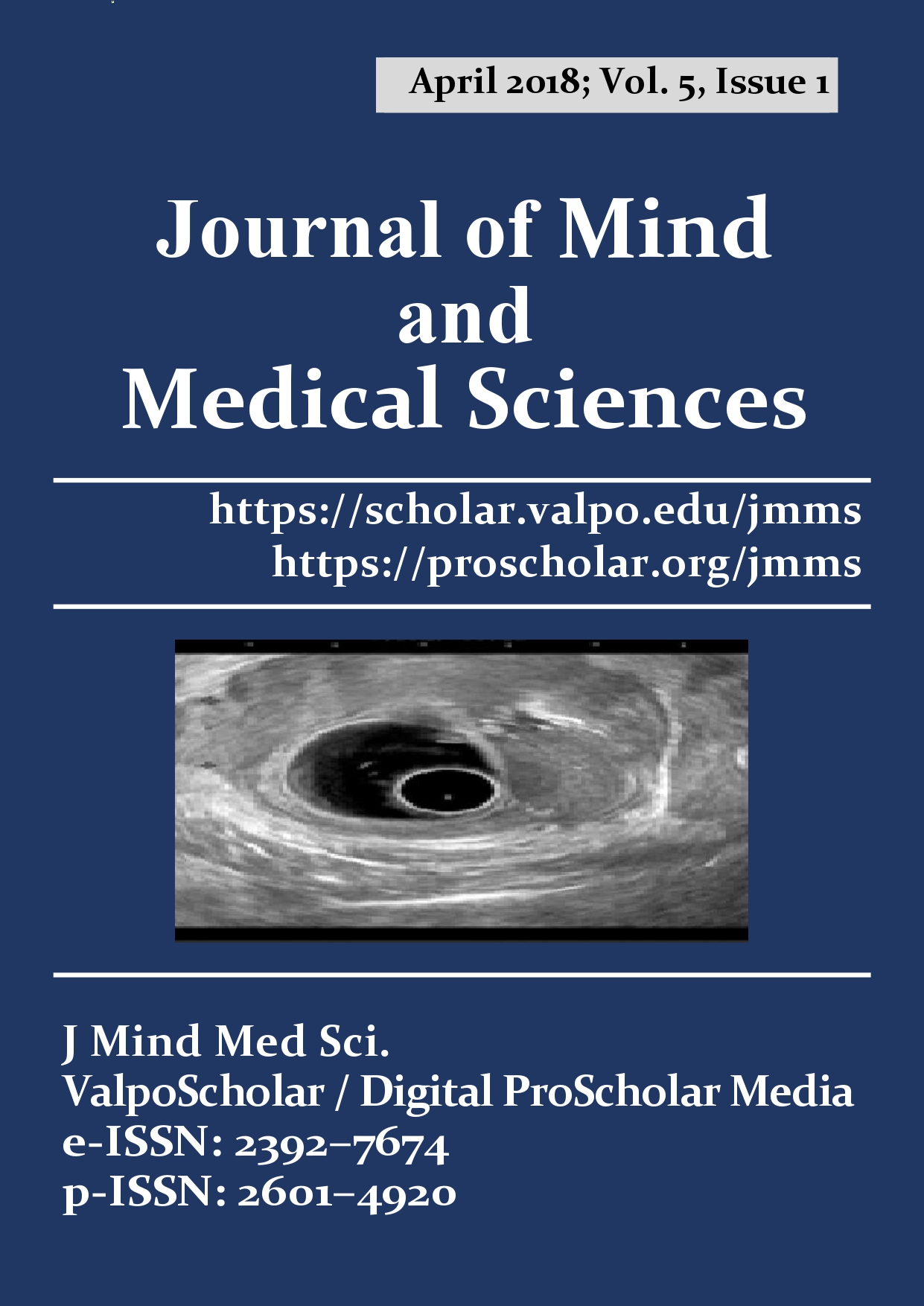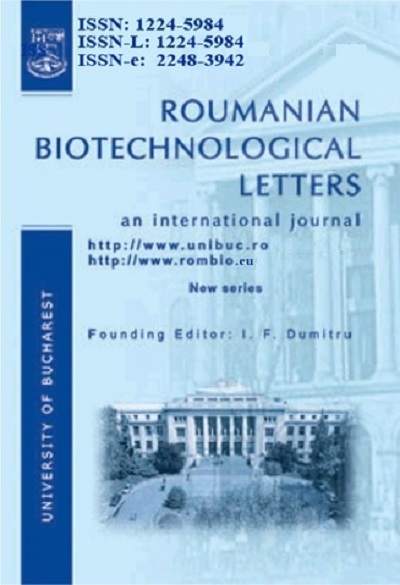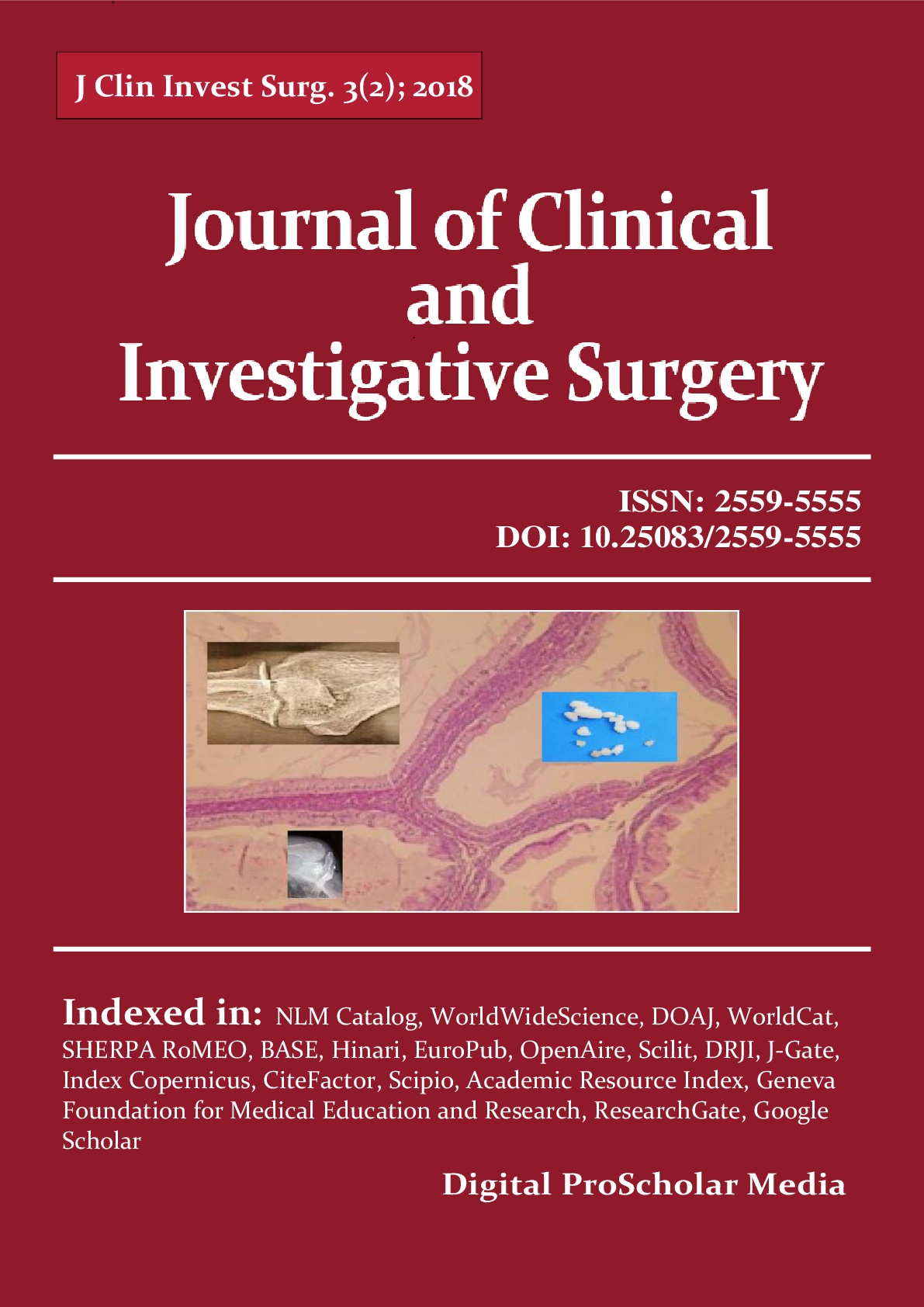Digital ProScholar Media
Instructions for Authors
Journals edited by Digital ProScholar Media publish only original articles which are related to research, science, education and culture. Journals are open and encourage submission of articles from a variety of scientists like psychologists, physicians, pharmacists, researchers, economists, engineers, lawyers, sociologists, etc. Journals take into consideration a wider range of articles such as reviews, original research articles, case presentations, editorials, letters to the editor, and other specific articles (educational articles, comments on the social, political and economic topics). Reviews and specific articles are usually commissioned by the editorial office, but the general policy is to analyze (prior to submission) any proposal from contributors, too.
During submission process, authors will be asked to indicate the corresponding category of the article. For general details related to structure and content of the paper, you can first see the Uniform Requirements for Manuscripts Submitted to Biomedical Journals (ICMJE), and the internationally accepted ethical standards for publication (COPE). In addition, contributors have the possibility to consider the recommendations below and the presentation mode of the previous published articles.
1. Article Formatting Requirements.
Usually, any submitted article should be structured as below:
- Cover Letter is mandatory and must contain the following statements: - That the manuscript does not contain texts from previously published materials and that it is not offered simultaneously for consideration/ publication entirely or in part elsewhere, regardless language. - That the manuscript is conform with Uniform Requirements for Manuscripts Submitted to Biomedical Journals (ICMJE), and that the paper has been conducted according to internationally accepted ethical standards (COPE). - That all authors have read/ approved the final version of the paper. - That all authors understood that the full responsibility for all presented data in the article belongs to authors, who are responsible for any conflict of interest (related to subjects included in their work, financial, consultant, institutional and other aspects). If there is no conflict of interest, then it must be explicitly stated. - Authors must mention the sources of Funding received for research support and/ or publication of article (either from public/ private entities or contributions from individuals).
- Title page It is the first page of the paper, and must include: a full title of the article (limited to a maximum 150 characters, including spaces), a short/ running title (limited to a maximum 50 characters, including spaces), the full authors names (first name, middle name, last/ family name) in order that they appear on the article, academic degrees, affiliations (institution, department), and e-mails. The corresponding author must be underlined, including in addition telephone and fax numbers, complete postal address and zip code.
- Abstract It is the second page of the paper, and presents the summary that should be limited to a maximum 1000 characters (including spaces). Abstract must be structured as the main text for original research articles (objective, methods and results, conclusions), or as a standard summary for the other category of articles (original research article, case presentation, etc.). Note that the abstract should not contain abbreviations or reference citations. The second page must contain below abstract: the type of article (review, original research article, etc.), the word count of the Main text, and up to six key-words.
- Introduction It begins on the third page, being a brief background related to the actual stage of the matter, stating the aims, purposes and the reasons for accomplishing the work.
- Materials and Methods This section contain essential data to facilitate understanding of methodology in the case of research articles (the recruitment criteria of patients, administered treatment, the pursued clinical data, or describing information of the animal lot for experimental studies). The previously published procedures are only cited; essential changes to the previously published procedures are just briefly described, while the new procedure must be disclosed in detail. Statistic methods and laboratory measurements used must also be specified.
- Results Results of research articles must be presented with clarity and precision, just describing the findings of the study, presented either in the form of text or illustrated (through tables and figures). Interpretation of results will not be included in Results section because it must be placed within Discussion.
- Discussion It is a section that debates and interprets the results obtained/ presented by research articles (taking into account also the corresponding/ contextual literature data), or continues Introduction expanding it or focusing on specific aspects, depending the article type. New perspectives/ approaches (supported by the study results or by literature data) should be highlighted, while unsubstantiated assertions must be restricted; the study limitations must also be presented. Discussion can be structured on subsections, in order to facilitate understanding.
- Conclusions These should usually present the significance and possible implications of the data presented in the Results section (if any) and/ or Discussions.
- Acronyms and abbreviations When used in the Main text, they should be limited as much as possible and explained/ expanded after Conclusions. Measurement units should be in accordance with International System of Units (SI).
- Acknowledgements If the case, this refers to those persons who contributed or assisted to the study or manuscript, but who do not met the authorship criteria.
- References It is the author's obligation to provide at the end of the paper complete information related to citations used within the text. Within the text, all citations must be numbered consecutively in order they appear, and indicated through Arabic numerals inside of round parentheses, e.g. (1, 2). Each source quoted in the text must be found in the Reference list, and vice versa. Reference list must be placed at the end of the paper (after Acknowledgements). Please insert a line break—not a page break—and begin your Reference list on the same page, if possible. References should have margins that are both left and right- justified. You may choose not to right-justify the margin of one or more references if the spacing looks too awkward. In the Reference list citations must be presented as below:
- Articles in traditional journals Required: Author's (authors') name(s), title of article, name of journal (in italics, and abbreviated according to international style- Index Medicus), year of publication (or "n.d." if no date), volume number, issue number, page numbers. Optional (but desirable): article doi Example: Branson SM, Boss L , Cron S , Turner DC. Depression, loneliness, and pet attachment in homebound older adult cat and dog owners. J Mind Med Sci. 2017; 4(1): 38-48. doi: 10.22543/7674.41.P3848
- Books Required: Author's (authors') name(s), title of book, publisher, publisher's address, edition/ year of publication (or "n.d." if no date). For forthcoming (in press) books, put expected year of publication and add "forthcoming."
- Chapters in collections or anthologies Required: Name(s) of author(s) of chapter, name(s) of editor(s) of book, title of chapter, title of book, publisher, publisher's address, and edition/ year of publication (or "n.d." if no date). For forthcoming (in press) books, put expected year of publication and add "forthcoming."
- Working papers: Required: Author's (authors') name(s), title of working paper, year (or "n.d." if no date), location (e.g., "Department of Economics Working Paper, University of California, Berkeley" or "Author's web site: http://www.someurl.edu/author." If the working paper is part of series, then the series name and the number of the working paper within the series must also be given.hhhhh
- Other works: Required: Author's (authors') name(s), title of work, year (or "n.d." if no date), and information about how the reader could obtain a copy.
- Illustrations (figures, pictures) are uploaded as distinct documents during submission process. The file format must be TIFF or jpg to be acceptable. Pictures have to be at least 300 dpi, freehand being unacceptable. Illustrations must be quoted in the text through consecutive numbers (inside of round parentheses), according to order they appear. Each figure and picture should contain title and legend, which allow understanding and interpretation regardless the text. Data presented in Legend should not be repeated in the Main text. Photos from patients can be sent only with their consent and excluding any parts that could lead to subject identification, authors taking a full responsibility for this aspect. Previously published figures and pictures must be accompanied by written permission of the copyright holder that can be used/ reproduced.
- Tables are uploaded within a distinct Word document during submission process (do not attach the tables as pictures). The table text (size, style) is similar with the Main text. Tables must be Arabic numbered, preceded by a title and succeeded by a legend related to presented data. Table(s) should be self-explanatory, easy to be understood without resort to the Main text content. Data presented in the Table(s) should not repeat in figures or in the Main text. Please ensure that any Table are cited in the text.
2. Text Formatting Requirements
Please see below details on typesetting and layout requirements pertaining to final manuscript submission to .
- Write your article in English.
- Submit your manuscript as a single word document, including tables, figures, appendices, etc.
- Page size should be 8.5 x 11-inches. All margins (left, right, top and bottom) should be 1.5 inches (3.8 cm), including your tables and figures.
- Single space your text.
- Use a single column layout with both left and right margins justified.
- Font:
- Main Body—12 pt. Times or the closest comparable font available
- Footnotes—10 pt. Times or the closest comparable font available
- If figures are included, use high-resolution figures, preferably encoded as encapsulated PostScript (eps).
- Copyedit your manuscript.
- When possible, there should be no pages where more than a quarter of the page is empty space.
3. Additional Recommendations
Indenting, Line Spacing, and Justification
Indent all paragraphs except those following a section heading. An indent should be at least 2 em-spaces. Do not insert extra space between paragraphs of text with the exception of long quotations, theorems, propositions, special remarks, etc. These should be set off from the surrounding text by additional space above and below. Don't "widow" or "orphan" text (i.e., ending a page with the first line of a paragraph or beginning a page with the last line of a paragraph). All text should be left-justified (i.e., flush with the left margin—except where indented). Where possible, it should also be right-justified (i.e., flush with the right margin). "Where possible" refers to the quality of the justification. For example, LaTeX and TeX do an excellent job of justifying text. Word does a reasonable job. But some word processors do a lousy job (e.g., they achieve right justification by inserting too much white space within and between words). We prefer flush right margins. However, it is better to have jagged right margins than to have flush right margins with awkward intra- and inter-word spacing. Make your decision on whichever looks best.
Language & Grammar
All submissions must be in English. Except for common foreign words and phrases, the use of foreign words and phrases should be avoided. Authors should use proper, standard English grammar. The Elements of Style by William Strunk, Jr. and E. B. White (now in its fourth edition) is the "standard" guide, but other excellent guides (e.g., The Chicago Manual of Style, University of Chicago Press) exist as well.
Article Length
Because this journal publishes electronically, page limits are not as relevant as they are in the world of print publications. We are happy, therefore, to let authors take advantage of this greater "bandwidth" to include material that they might otherwise have to cut to get into a print journal. This said, authors should exercise some discretion with respect to length.
Colored text
Set the font color to black for the majority of the text. We encourage authors to take advantage of the ability to use color in the production of figures, maps, etc., however, you need to appreciate that this will cause some of your readers problems when they print the document on a black & white printer. For this reason, you are advised to avoid the use of colors in situations where their translation to black and white would render the material illegible or incomprehensible. Please ensure that there are no colored mark-ups or comments in the final version, unless they are meant to be part of the final text. (You may need to "accept all changes" in track changes or set your document to "normal" in final markup.)
Emphasized text
Whenever possible use italics to indicate text you wish to emphasize rather than underlining it. The use of color to emphasize text is discouraged.
Font faces
Except, possibly, where special symbols are needed, use Times or the closest comparable font available. If you desire a second font, for instance for headings, use a sans serif font (e.g., Arial or Computer Modern Sans Serif).
Font size
The main body of text should be set in 12pt. Avoid the use of fonts smaller than 6pt.
Foreign terms
Whenever possible, foreign terms should be set in italics rather than underlined.
Headings
Headings (e.g., start of sections) should be distinguished from the main body text by their fonts or by using small caps. Use the same font face for all headings and indicate the hierarchy by reducing the font size. There should be space above and below headings.
Main text
The font for the main body of text must be black and, if at all possible, in Times or closest comparable font available.
Footnotes
Footnotes should appear at the bottom of the page on which they are referenced rather than at the end of the paper. Footnotes should be in 10 pt. Times or closest comparable font available, they should be single spaced, and there should be a footnote separator rule (line). Footnote numbers or symbols in the text must follow, rather than precede, punctuation. Excessively long footnotes are probably better handled in an appendix. All footnotes should be left and right-justified (i.e., flush with the right margin), unless this creates awkward spacing.
4. SubmissionSubmit your contribution online reading Instructions for Authors- Submit Online section. Authors who are unable to submit their manuscript due to technical problems should contact the Editorial Office. We intend to give quick and reasoned answers to all submitted papers. All manuscripts will be reviewed by the Editor(s), by members of the Scientific Council, or other external reviewers. The final decision will rests to one of the two editors, based on preliminary editorial evaluation (journal profile, compliance with the previous mentioned requirements), on peer-review recommendations, originality of the manuscript, the quality of the work and clarity of the presentation, and editorial priorities (each paper will be evaluated taking into account not only the previous published papers but also other concomitant submissions that are under consideration at that time). Counterarguments to rejected manuscripts and resubmission of rejected manuscripts are generally omitted.
Copyright/ Conflicts of Interest
All authors are responsible for the content of the article submitted and other conflicts of interest related to study participants. Authors have also to specify any financial implications regarding the study and manuscript. Once a manuscript has been accepted for publication the corresponding author of the paper will receive an e-mail requiring to complete, sign and send the Copyright Transfer Agreement Form and Conflicts of Interest Disclosure Form. These two signed forms are mandatory for publication; even accepted for publication, the paper will not be posted in the journal until the two signed forms will be received.
Publication
After receiving of the two forms, a PDF copy (Proof) of the article will be sent to the corresponding author for a final revision. Only minor corrections to the manuscript are acceptable at this stage, no significant changes being allowed. The Proof must be checked carefully and sent back (incorporating corrections, if the case) to the journal within three working days from reception. Order in which each accepted article is posted in the journal depends by date of submission, date of acceptance, compliance with journal profile, peer-review recommendations and editorial priorities.




